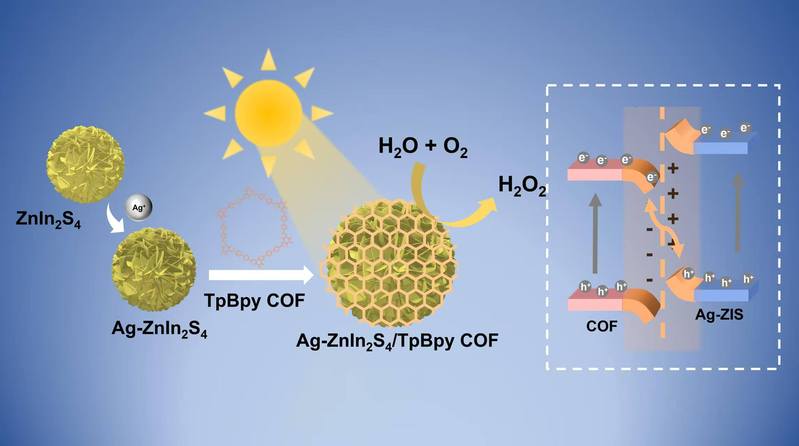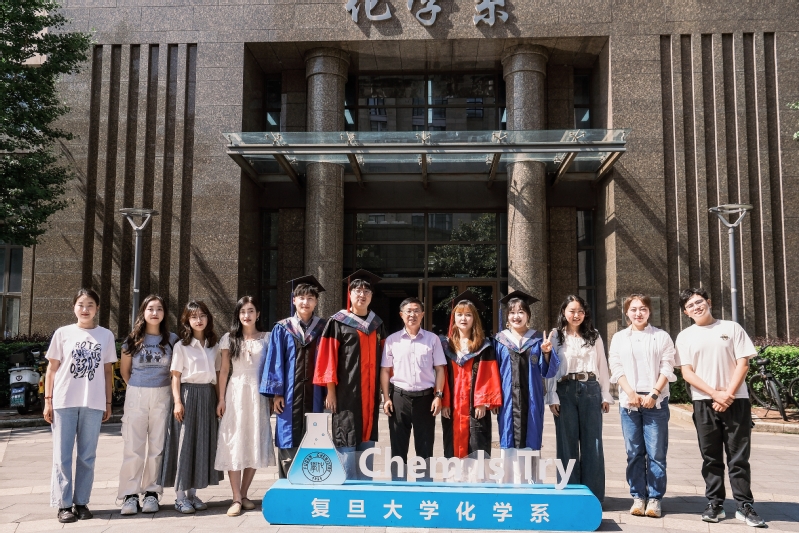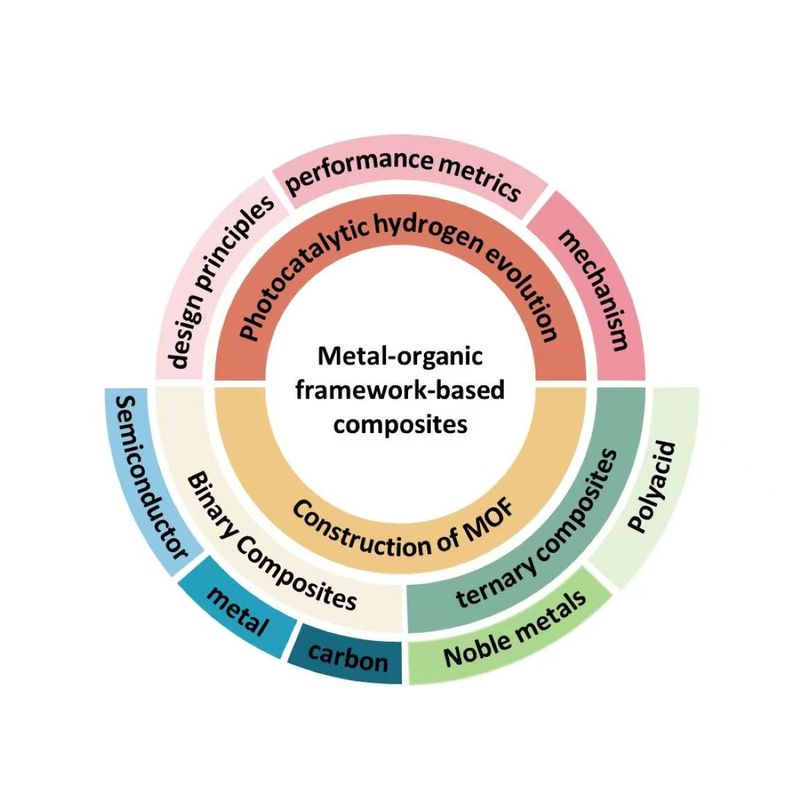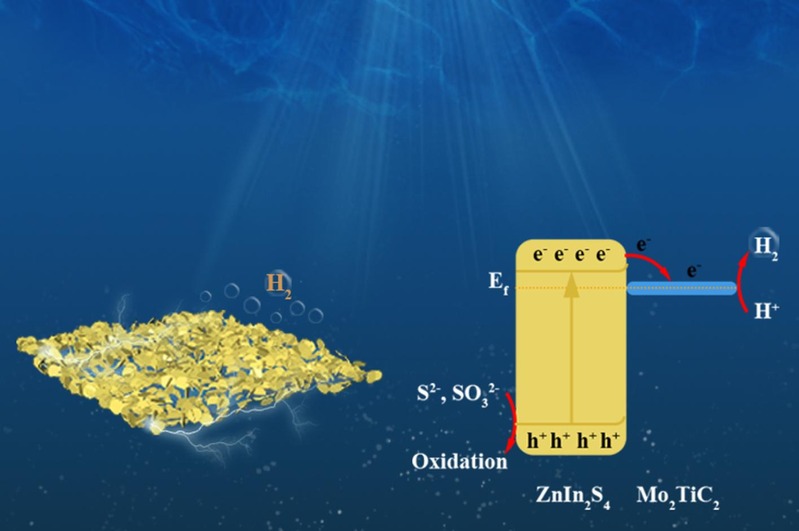Covalent organic frameworks (COFs), characterized by efficient light absorption and highly tunable electronic structures, exhibit substantial promise for photocatalytic hydrogen peroxide (H2O2) production. To solve the problem of severe photogenerated carrier recombination, the researchers proposed to construct step-scheme (S-scheme) heterojunctions by combining COFs with metal sulfides (MS) to achieve effective separation and directional transfer of photogenerated electrons and holes. Herein, we deposited a bipyridine-linked COF (TpBpy) onto Ag-doped zinc indium sulfide (Ag-ZnIn2S4, denoted as Ag-ZIS) nanoflowers to construct an S-scheme heterojunction for photocatalytic H2O2 production. Employing room-temperature cation exchange engineering, atomic-level modulation of the ZIS lattice is achieved under mild conditions, inducing tunable bandgap narrowing and a red-shifted visible light absorption edge. Ag doping promotes the formation of S-scheme heterojunction and further optimizes the built-in electric field. The construction of the S-scheme heterojunction, which involves strong electronic coupling at the contact interface between Ag-ZIS and TpBpy COF, significantly reduces the recombination rate of photogenerated carriers, enhances charge transfer efficiency, and forms an efficient electron transfer channel. The optimized photocatalyst, Ag-ZIS/TpBpy COF-2 (denoted as AZC-2) exhibited excellent photocatalytic activity from pure water, with H2O2 yield reaching 4425 μmol⋅g-1⋅h-1. This study highlights the great potential of ion doping strategies for advancing MS/COF-based S-scheme heterojunctions in solar-driven H2O2 synthesis.

文章链接:https://doi.org/10.1016/j.jcis.2025.138603
附件:![]() 10.1016j.jcis.2025.138603.pdf
10.1016j.jcis.2025.138603.pdf
 Wei-Lin Dai Group
Wei-Lin Dai Group


